Lesson Three: First Gardeners
An internet search for Native American gardens results in a number of hits for the three sisters garden — corn, beans, and squash. But the first gardens in the southeastern United States did not look like this. Archeologists who specialize in the study of plants and seeds have shown that by 3000 years ago, Native American communities domesticated and cultivated local crop plants and were increasingly relying on gardening as a critical part of their foodways. The first domesticated and cultivated crops were derived from locally available wild plants. During the Woodland Period (600 BC – 900 AD), the Indians who lived at Toltec Mounds and throughout the Central Arkansas River Valley cultivated these crops in addition to using wild plants. In this lesson, students learn about Arkansas’s first gardeners, while continuing to develop the conceptual tools of archeology. They examine stratigraphy, identify seed samples, and infer ancient plant use by interpreting the samples.
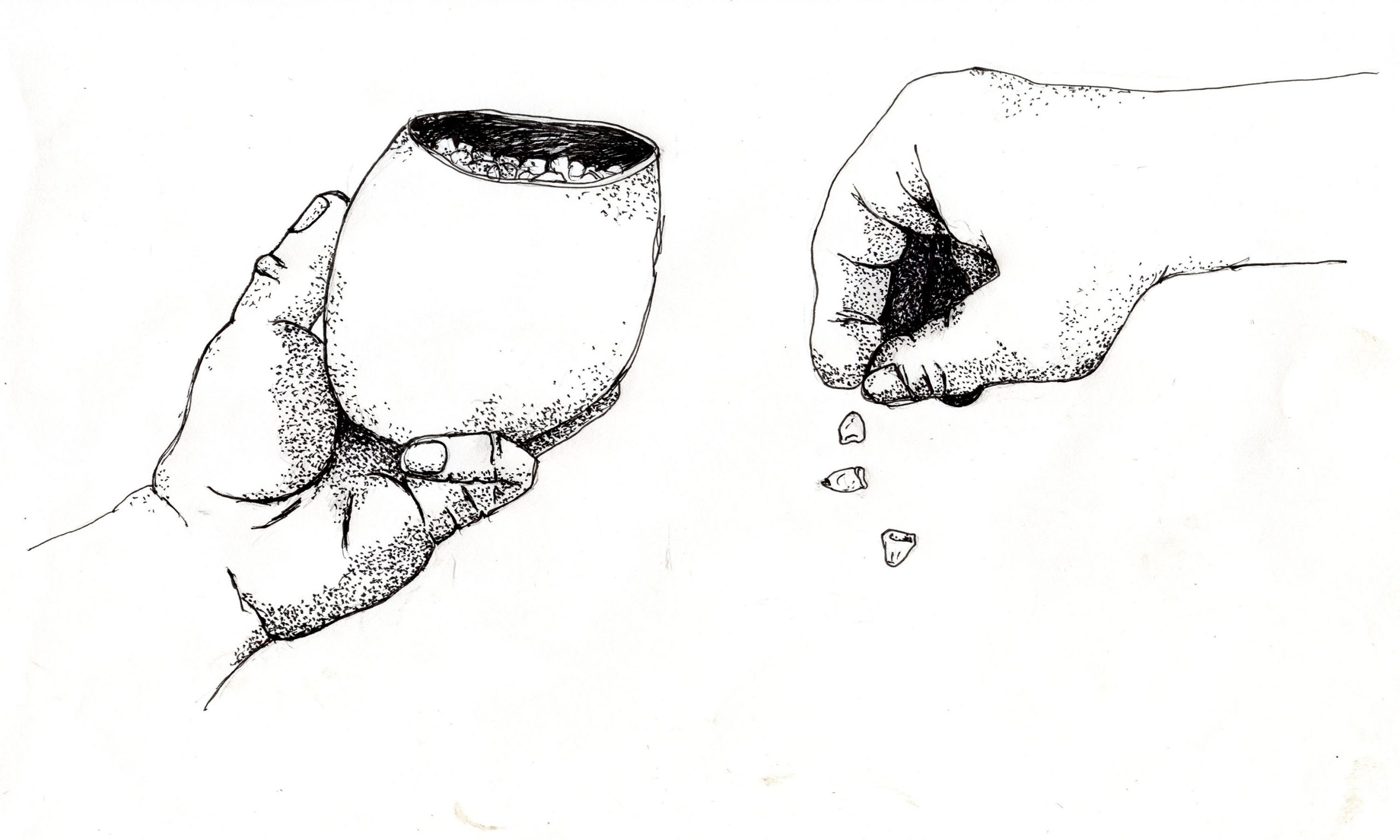
Lesson Background Information
Archeologists excavate square holes in order to establish the relative age of the sites, artifacts, and events that they are studying. The goal is to place the artifacts in chronological order. By putting the artifacts in the order in which they occurred, archeologists can piece together the overall story of the past.
Natural materials such as rocks, soil, and plant and animal remains occur on the earth’s surface and can accumulate in layers. Archeologists can tell each layer or stratum apart by its physical characteristics: color, texture, and structure. In the same way, materials of human origin are also deposited onto the earth’s surface. In archeological sites, natural and human created materials occur together in layers. These layers, called strata, form a record of past events that archeologists analyze and interpret. The study of strata is called
stratigraphy.
The materials left first are the oldest and are always found at the bottom if the stratigraphy is not disturbed. The most recently deposited materials are the youngest and are always at the top. Strata in archeological sites provide archeologists with information about time and where events happen on the landscape. All of the artifacts in a given stratum will be approximately the same age, while those in strata
above or below will be younger or older respectively.
By looking at seeds and where they are located stratigraphically, archeologists have learned that by 3,000 years ago the Native American communities of the southeastern United States domesticated and cultivated local crop plants. These ancient Arkansans left an archeological record showing the importance of gardening and farming as a critical part of their foodways. Gardening started with people becoming more sedentary, or living in one place, because many plants and animals thrived there. It was in these sedentary communities that the independent invention of plant domestication occurred. Arkansas, along with the surrounding mid-South region, is one of ten
world centers of independent crop domestication. People living in villages cleared surrounding vegetation and exposed more ground area to sunlight. Their living areas also accumulated greater amounts of trash. Like compost piles today, the location where they dumped their garbage became rich and fertile places for plants to grow. Some of the plants that people gathered for hundreds of years were opportunistic pioneer plants that thrived in disturbed areas. As people settled, cleared forests, and accumulated trash, these weedy “camp followers” grew thicker than their native stands along forest edges and streams. Over many years of planting the best seeds, the plants began to change. They developed traits that made them easier to grow and better to eat. The first cultivated crops were domesticated from locally available wild plants, including goosefoot (Chenopodium berlandieri), marsh elder (Iva annua), sunflower (Helianthus annuus), erect knotweed (Polygunum erectum), and squash (Cucurbita pepo var. ovifera). People also planted, tended, and harvested other plants, such as maygrass (Phalaris caroliniana) and little barley (Hordeum pussilum), although they were not necessarily domesticated.
Dr. Gayle Fritz (Washington University in St. Louis), an archeologist who studies ancient plants, identified plant remains from Toltec Mounds that indicate by AD 600–1000 Woodland Indians were using many of the same locally domesticated crop plants seen at other sites across the southeast. Dr. Fritz identified these plants by using a microscope to look closely at the seeds recovered during excavation.
Seeds have several valuable features that make them useful for archeologists to study. If they are carbonized, they can be preserved over long periods of time in the ground. Carbonization occurs when a seed is burned and turned to charcoal, which often happens around cooking fires. Other plant parts, such as leaves, flowers, or roots, are far less likely to be preserved, except in rare cases, like dry caves and bluff shelters. Different types of plants produce seeds that look different from each other. Even when carbonized, the distinctiveness of
seeds allows researchers to identify the plant species.
When archeologists excavate a site, they regularly collect samples of soil to examine for the presence of seeds. Seeds are recovered through a procedure called flotation, which involves placing the soil samples in a container of swirling water. The soil, which is heavy, drops to the bottom of the container, while the seeds float to the top, where they can be scooped off and set aside to dry. Archeologists examine the seeds under a microscope and compare them with modern identified seeds and illustrations of seeds. Archeologists can tell if a plant has been domesticated by observing changes in seed and fruit form and size and comparing with known wild (undomesticated) specimens. For example, sumpweed seeds increased in size with domestication.
Carbonized seeds become deposited in the ground through people’s activities. Seeds show up in areas of the site where people prepared and used plants, such as in hearths, or cooking fires, trash pits, or middens, and storage pits. Just as we don’t throw our trash in any old place, neither did Indigenous people of Arkansas. Their garbage heaps, called middens, are a rich source of archeological information about their foodways. Layers of trash tell a story over time. Archeologists excavate middens slowly and carefully, recording the location of artifacts and samples recovered from the midden. They analyze the tiny fragments of Native Arkansans’ meals (bone fragments and seeds), along with pottery and charcoal from cooking fires. By identifying the animals and plants preserved in these remains, archeologists learn much information about the foodways of past people.
During the Woodland Period, after the domestication of plants, people began to use plants more heavily and eventually constructed permanent villages and gardens. After ancient Arkansans succeeded in domesticating several plant species, they began to use them much more as a source of food than the gathered wild plant foods. An important advantage of cultivated plant foods is that the amount people don’t consume right away can be stored for later use. Communities that were able to store plant foods had greater food security than
provided by gathering wild plant foods. With the addition of gardens and ways to store the extra harvested seeds and fruits, populations increased and villages grew and were occupied for longer periods of time. People living in permanent villages still acquired many natural resources, such as wood for building and fuel, stone for tool production, and clay for pottery making. People also hunted animals using the bow and arrow and still collected wild plant foods, including nuts and berries. Therefore, villagers traveled to other locations in the territory surrounding their homes to acquire these goods. But gardening, population increase, and residence in permanent villages changed the landscape and the foodways of southeastern Indians.
About 2,500 years ago, the challenge of cooking with seeds, grains, and other foods not easily roasted on a stick or toasted over a fire was resolved with the introduction of pottery. People made pottery vessels with local clays and hardened them around campfires without the use of kilns. The fire hardened containers were used repeatedly for soups, stews, and other “one pot” meals. At first, Woodland Indians used very simple tools for gardening. Axes with chipped or ground stone blades, developed thousands of years earlier, were used to
clear trees to prepare garden plots. Wood handled stone hoes, with blades made much like axe blades, provided a means to break up the soil and prepare garden beds. Seeds were planted using simple digging sticks with a sharpened and fire-hardened point at one end. Harvested seed heads were collected in woven baskets made in a variety of shapes and sizes. Some recipes called for grinding the seeds into meal using stone mortars and pestles.
For Woodland Indians, the domestication of plants coincided with a number of changes in their foodways as well as their everyday lives. Pottery and the ability to store food provided greater security, resulting in increased sedentism, larger populations, and permanent villages. It also resulted in increased ceremonialism as people established ceremonial centers, like Toltec Mounds, as places where neighbors from the region gathered to participate in collective ceremonies and feasting. Seeds provide important clues to the way southeastern Indians lived during this period.
Class Materials
For each student: “Toltec Mounds, 650-1050 AD: A Case Study”; “Seed Change at Plum Bayou Mounds” and “Woodland Period Timeline” worksheets; “Dinner at AD 700: The Plum Bayou Casserole”.
For the teacher: Five books of different thicknesses and colors; “Magnified Seeds” master; “Seasonal Plant Use in the Woodland Period Table”, and “Plum Bayou Mounds, 650-1050 AD: A Case Study” to project; a copy of the “Seed Change at Plum Bayou Mounds Answer Key” and “Woodland Period Timeline: Evidence-based Answer Key”; pictures of plants and seeds of the domesticated plants (See Arkansas Archeological Survey Gardens webpage).
Key Terms
Domestication: The biological process of adapting wild plants and animals for human use.
Flotation: The process of removing seeds from soil by using water.
Gardeners: People who practice small scale farming, by clearing a plot of land to plant and grow domesticated seed crops.
Midden: A large trash or garbage heap associated with human activity.
Sedentary: The practice of living in one place for a long time.
Stratigraphy: The layering of soil and artifacts in archeological sites. Artifacts and soil become buried over time. The layer on the bottom is the oldest, the layer on top is the youngest.
Stratum: A layer. Strata, plural.
Activities for Lesson
- Engagement: Planting Seeds
- Exploration: Stratigraphy
- Explanation: Definitions and Magnified Seeds
- Elaboration: Seed Change
- Evaluation: Woodland Period Timeline
1. Ask students: Have you ever grown a plant from a seed? What did you do? (Buy or gather seed, prepare soil, learn about the ideal growing conditions for that particular plant, plant seeds, water them regularly, make sure they are kept warm and get enough sunlight, get rid of pests, and weed the garden.)
2. Tell students that during the late Woodland period (between 650-1050 AD), southeastern Indians increasingly grew plant crops.
1. How did gardeners live? How did plant domestication and gardening change people’s diets and foodways? Inform students that these questions will guide their learning.
2. Tell students that in order to see change archeologists examine the stratigraphy of a site. Stack five books, preferably of different thicknesses and colors, on a table.
3. Tell students that the books were placed one at a time. Ask students: Which book was placed first? Which was placed last?
4. Explain to students that each book represents a layer (stratum) of soil that is deposited over time. Stratigraphy is the study of strata (multiple layers) and archeologists use stratigraphy to study the relative age of buried artifacts.
5. Separate the class into groups of 2-3 students and pass out the “Seed Change at Toltec Mounds” worksheet. Have the students read the scenario and complete questions 1-3.
1. Review the answers and the Background information about stratigraphy as necessary. Tell students that the location of the seeds and artifacts help tell the story about what people were doing in the past.
2. Assist the students in defining stratigraphy and stratum in their Key Terms.
3. Project the master of “Magnified Seeds.” Ask the students to guess what they are seeing.
4. Review the Background information. Explain to students how people domesticated plants (tending “camp followers,” saving the best seeds, and planting them again) and how archeologists do seed analysis to learn about plant use and foodways (flotation and looking at seeds under a microscope to compare with other samples).
5. Review each seed and which plant it comes from. Show examples of the seeds from the domesticated plants from the Seeds Photographs section of this page. Use the “Seasonal Plant Use in the Woodland Period” table.
1. Have students complete the remaining questions for the “Seed Change at Toltec Mounds” worksheet.
2. Review the answers and ask students: What kinds of information can seeds from archeological sites tell us? (What people ate, when they domesticated plants.)
3. Ask students: Why is it important for sites to be left undisturbed if archeologists are to use seed analysis to learn about past foodways? (If a site is disturbed it becomes impossible to interpret the foodways of past people)
1. Review the terms, domestication, flotation, gardeners, and midden, and help students define them in the Key Terms.
2. Pass out the “Woodland Period Timeline.” Have students complete the sheet by using information from the “Plum Bayou Mounds, 650-1050 AD: A Case Study” to identify the key dates of occupation, the artifacts, foodways, and social organization. This assignment could be completed as a class, as a group, or as individual homework/assessment.
3. The Woodland Period is a period in Native American history marked by population increase, pottery-making, gardening, long-term residence in villages, and mound centers. Use the “Woodland Period Timeline: Evidence-based Answer Key” as a guide for discussion.
4. Review the “Curation Shelf ” questions and make sure all of the questions were addressed.
5. Pass out the “Dinner AD 700” recipe for students to take home and cook with supervison.
Seed Photographs
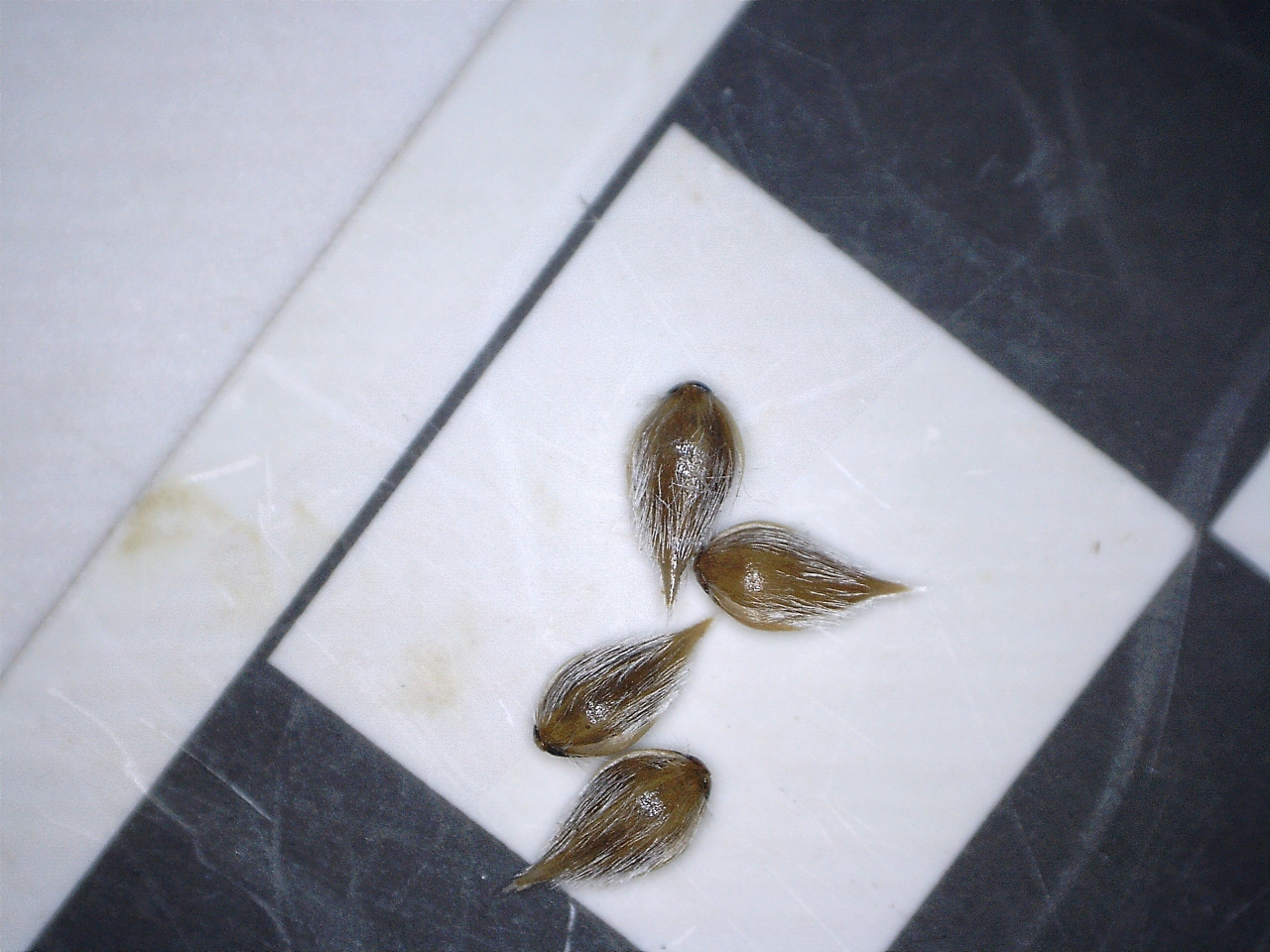
Maygrass seeds
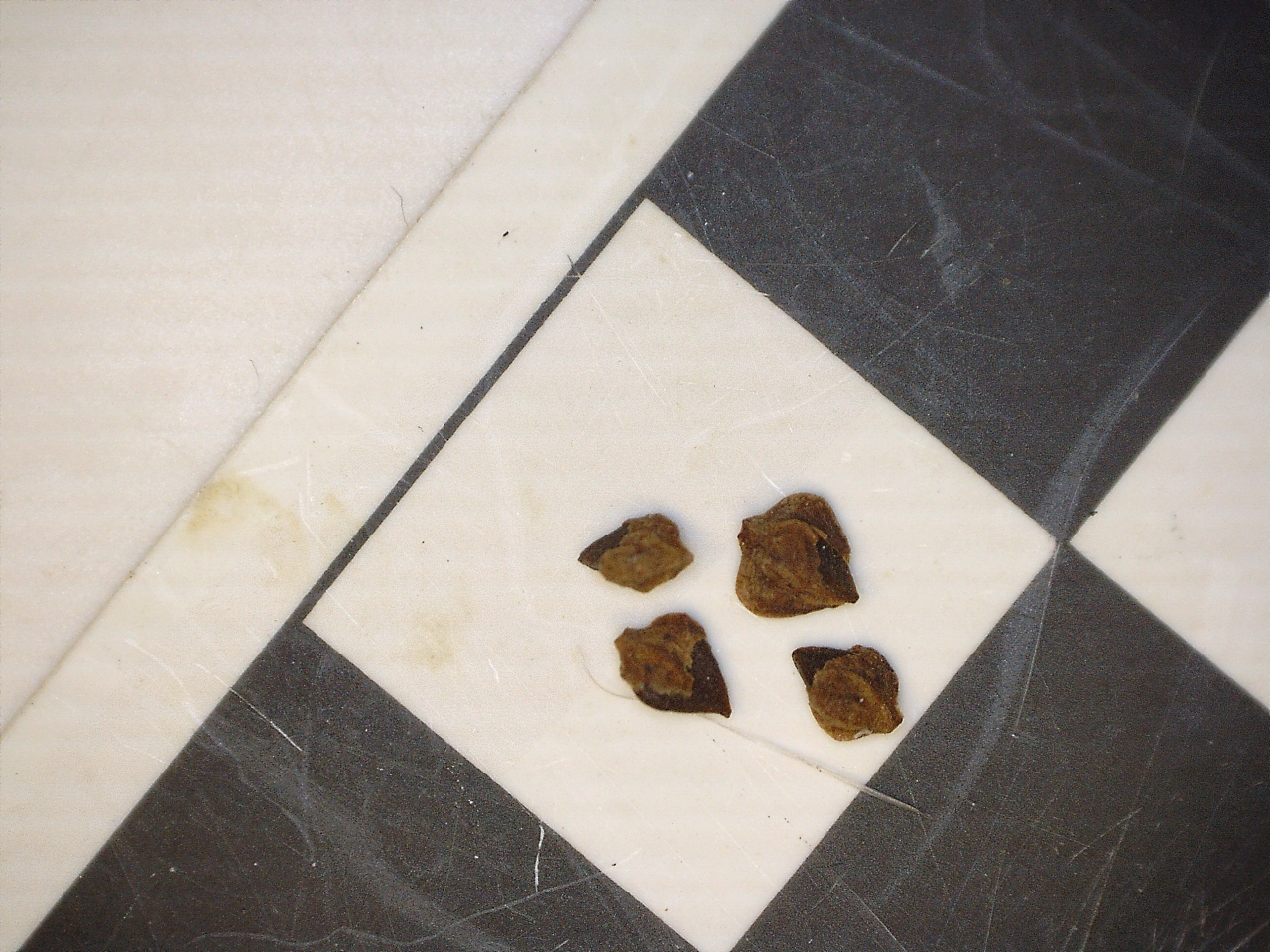
Erect Knotweed seeds

Little Barley seeds
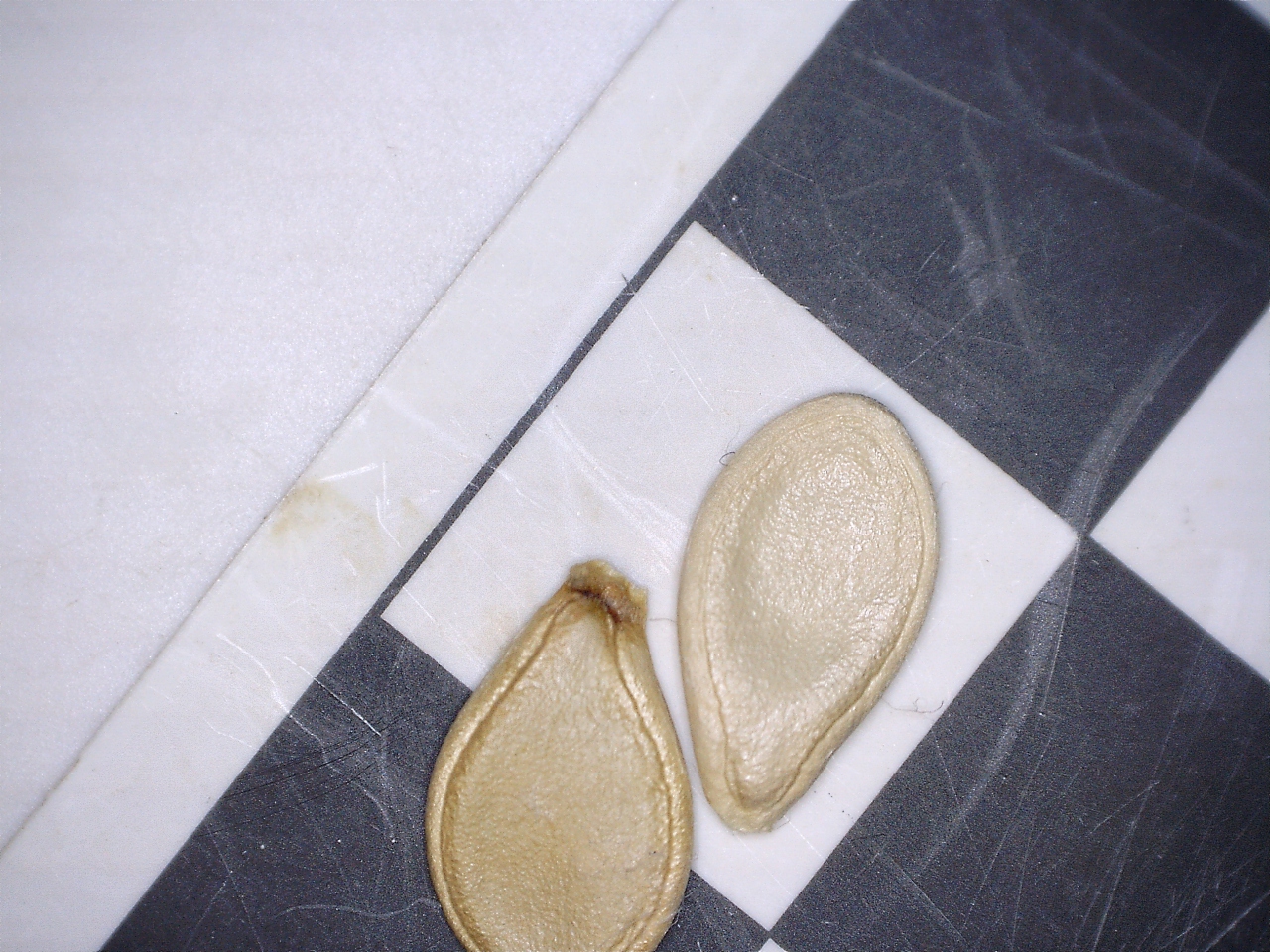
Squash seeds
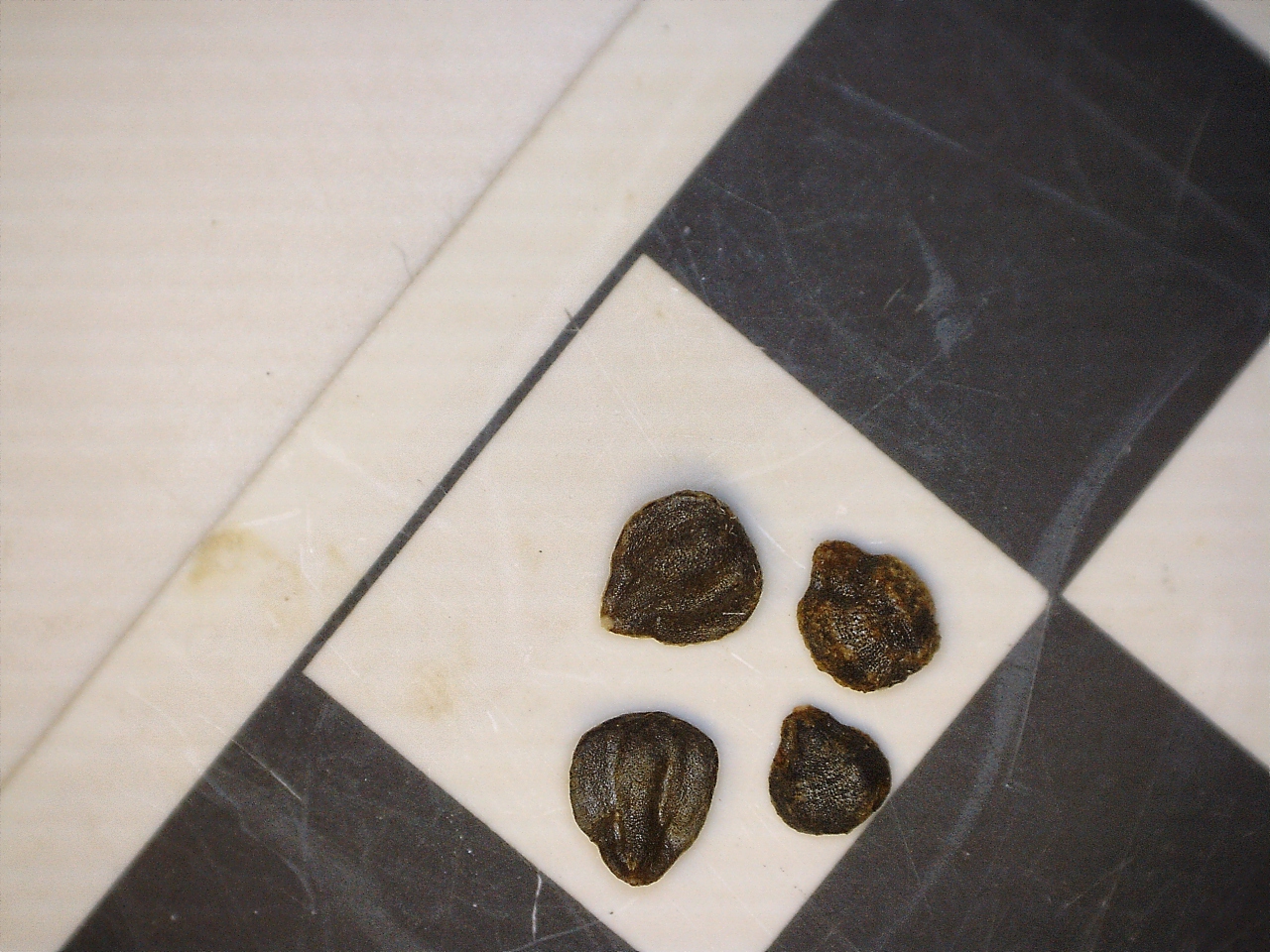
Marsh Elder seeds

Goosefoot seeds
